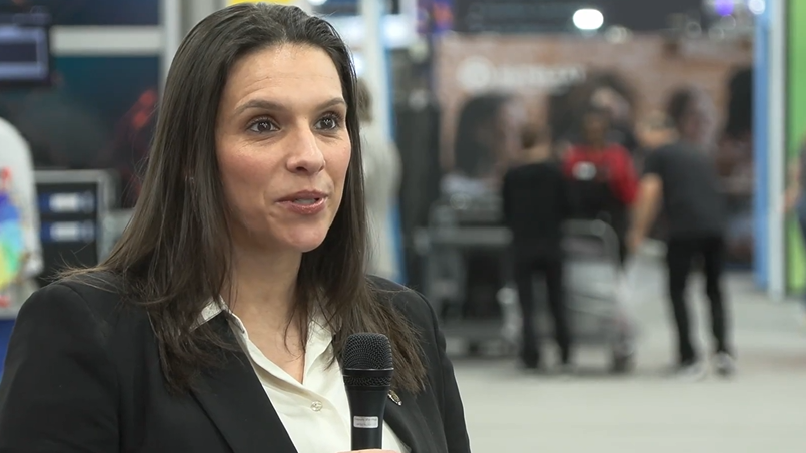Features


Discoverability, engagement and reach: IBC365 roundtable explores the role of AI personalisation in broadcast
Interview


NAB 2025 – Vizrt’s Rohit Nagarajan: “How do we disrupt ourselves quicker so we’re not the ones being disrupted”
Interview


NAB 2025: Brijesh Yadav, Tata Communications Media: “We are at a pivotal year in 2025 - the conversation is about AI”
Interview


NAB 2025: Johannes Franken, HBS: “It's critical to get out content as quickly as possible”
Interview


NAB 2025: Rohit Nagarajan, Vizrt: “Cloud has really come of age. It's a coming together of technical maturity as well as cost.”
Interview











.jpg)

